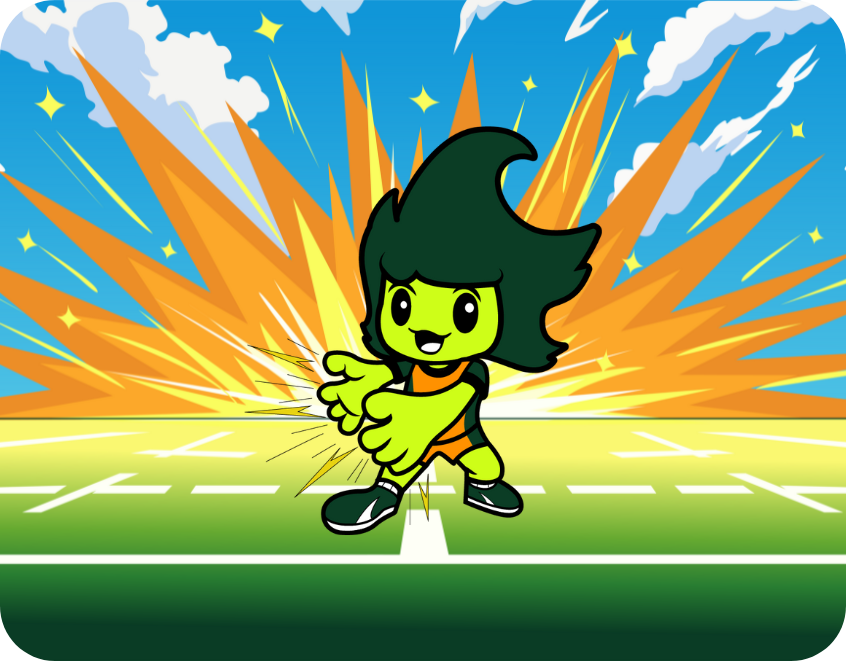Anyone who takes rugby seriously knows the basics about passing and tackling, but the players who take their game to the next level have a few tricks up their sleeve.
Whether it’s Sonny Bill Williams’ offload, Quade Cooper’s sidestep or Jonny Wilkinson’s drop goals – it helps to have something special in your toolbox.
In the first of a series, here are some important skills that will help you lift your game.
Sidestep
Rugby is a physical game, but a sidestep can help you minimise contact by completely avoiding tacklers.
A quality sidestep will allow you to glide through defences by using quick footwork to deceive would-be tacklers into thinking you are going to run one way – before you accelerate past them in the opposite direction.
The key to a good sidestep is deft footwork and the ability to “sell” your move to the opposing defender.
Step One: As you approach the tackler you need to “sell” that you intend to go one way – before you perform a quick sidestep in the opposite direction. When you’ve made your decision, shorten your steps to get your timing and balance right.
Step Two: Accelerate in the direction opposite to your final destination. This will convince the defender you are going that way. While you are doing this, watch the defender and wait until their balance shifts sideways. When their balance has shifted, you can make your move.
Step Three: Once the defender has shifted their balance, shift your body weight to the other side of your body, plant your foot in the ground and explode off it with as much force as possible. If you have shifted with enough force, and sold the fake effectively, the defender should be off-balance.
Step Four: Take advantage of the defender’s imbalance by accelerating past them.
Offload
An offload is the act of passing the ball while you are in the process of being tackled. It’s a high-risk play because you will often have to offload in unorthodox positions, sometimes passing one-handed or with defenders draped over your limbs.
But the reward for a good offload is often very high because the offloader can draw in defenders, creating extra space for his teammates.
Step One: In order to get an offload away, you will need to have an upper-hand on the defender. Before the tackle is initiated adjust your footwork to give you the best chance to get the ball away.
If the defender is able to control your ball-carrying arm, you will struggle to get an offload away.
Step Two: After you have initiated contact with the defender, look and listen for a teammate who can receive your pass. The safest way to offload is with two hands, facing your own tryline. But sometimes, you have to improvise.
Step Three: Pass the ball to your teammate. To get an effective offload away, you will have drawn more than one defender into the tackle. This will result in your teammate having more open space to work with.
Drop goal
A drop goal can be the difference between heartbreak and triumph. Australians will remember the joy of Stephen Larkham’s extra-time drop goal which helped them secure a spot in the 1999 World Cup final in England, only to feel the heartache of a drop goal four years later, when Jonny Wilkinson’s right boot delivered the World Cup to England.
In close games, drop goals can prove the difference. Here are a few tips to help you learn this game-changing skill.
Step One: Most drop goals are doomed before a foot makes contact with the ball because the ball did not hit the ground properly. To get maximum accuracy, you need to ensure the ball lands directly on its point.
It can help to spread your hands around the ball with a sure grip. Try to keep to your hands in contact with the ball until the last second, so you can ensure the ball lands directly upright.
Step Two: The timing of your kick and your kicking posture are extremely important. You want to make contact with the ball as soon as it hits the floor. Your posture needs to be kept at a 45-degree angle, with your chest facing the ball. This posture will give you good balance and maximum power.
Step Three: After you have struck the ball, your follow through helps ensure your kick will stay on target. As you strike the ball, keep your chest at a 45 degree angle facing the ball. Once you’ve struck the ball, shift your body weight towards the target, ensuring your kicking leg stays in line with the target.














